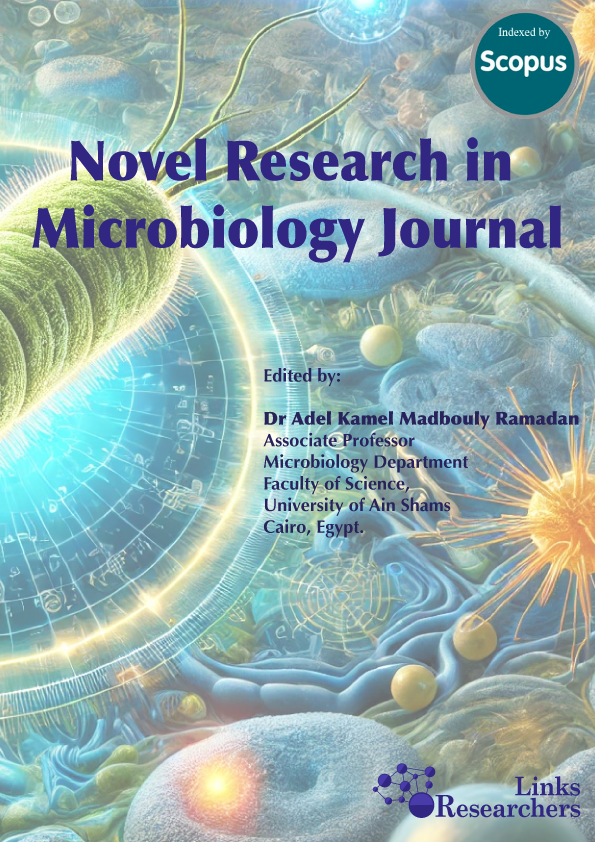Muhammad Zahid1, Muhammad Hamid Bashir1*, Bilal Saeed Khan1 and Muhammad Shahid2
Muhammad Basit1, Shafqat Saeed2, Mushtaq Ahmad Saleem3, Rana Zulfiqar4
Sabri Unal1, ASır Er2, Erol Akkuzu1* and Lubomir Salek3
Neerja Agrawal, Mukesh Srivastava, Akhilesh Tripathi and Amrendra Singh
Lakshman Chandra Patel and Chandan Kumar Mondal
Saima Akhtar Qureshi1 and Asim Anwar2*, Ather Maqsood Ahmed3
Waseem Ahmad Gillani* and Mike Copland**
Asrar Ali*, Ehsan-ul-Haq**, Abdul Rehman***, Javed Khan, Waseem Ahmad Gillani** and Maria Rauf*
Maria Rauf*, Ehsan-ul-Haq**, Javed Khan**, Abdul Rehman***, Waseem Ahmad Gillani* and Asrar Ali**
Muhammad Tayyab Mudassar*, Ehsan-ul-Haq*, Muhammad Naeemullah**, Muhammad Shakeel*, Muhammad Ashfaque*, Asmat un Nisa* and Javed Khan*
Javed Khan*, Ehsan-ul-Haq*, Habib Iqbal Javed*, Tariq Mahmood*,
Awais Rasool*, Naheed Akhtar and Saleem Abid**
Farid Asif Shaheen*, Sadia Parveen*, Ahmed Zia**, Ghulam Qadir*,
Mureed Husain*** and Rifat Ullah Khan****
Saima Siddiqui1*, Ghulm Hussain Abro1, Tajwar Sultana Syed1 and Abdul Sattar Buriro2
Muhammad Mohsin Ahsan1, Hafiz Muhammad Tahir2, Muhammad Khalid Mukhtar1
field. The result showed that H. tamulus and A. finitimus were more active during dark nights compared to moonlight
nights; however, there was no obvious effect of the lunar cycle on the activity of O. odonturus. Young (Immature)
individuals of all scorpion species were always high in numbers at night, even under moonlight conditions. The
activity of scorpion prey had been alwa...
Shafique Ahmed Memon1,6, Arif Ali1*, Mehar-un-Nisa Narejo2, Ghulam Khaliq3, Imran Ali Rajput4, Muhammad Adeel1, Khalil Ahmed Memon5, Dzolkhifli Omar6, Muhammad Rashid7 and Abdul Rasool5
Azam Ali* and Amjad Farooq
Muhammad Ishaque Mastoi1*, Ibtasam Riaz2, Syed Muneeb Haider2, Arfan Ahmed Gilal3, Anjum Shehzad4, Ahmed Zia4 and Abdul Rauf Bhatti4














